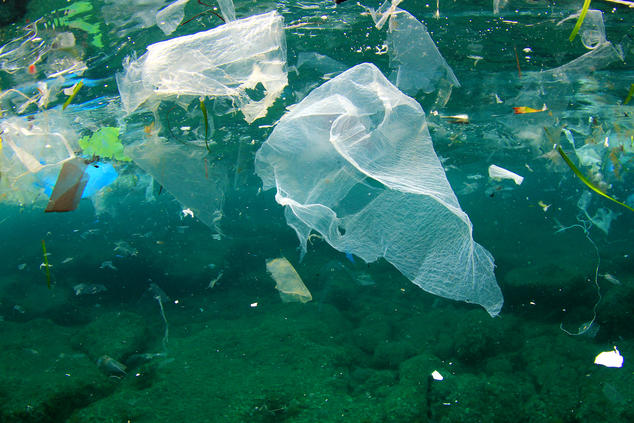
By RIVONALA RAZAFISON in Antananarivo
Madagascar has been developing natural capital accounts for farm lands, water resources, forests and protected areas, fishing, tourism, and minerals sectors.
Natural assets in these domains are thought to represent the half of the country’s total wealth.
Also called “Wealth Accounting and the Valuation of Ecosystem Services” (WAVES), the World Bank-led global partnership was launched in the island nation in 2012 with $1.5 million.
The same initiative has been carried out in Botswana and in five other Latina American and Asian countries.
“The study’s outcomes are expected in June for the African island,” Mr Rija Ranaivoarison, the Bank’s expert in charge of the programme, told Climate Reporters.
WAVES’ last goal is to promote sustainable development by ensuring that natural resources are mainstreamed in development planning and national economic accounts.
“Our goal is a world where measuring and valuing the environment leads to better decisions for development. We believe incorporating natural capital into national accounts can support better decisions,” says the Global Partnership’s website portal.
Madagascar’s government has visibly relied a lot on the WAVES’ results for the planning and economic development in the future.
The country’s recently-adopted National Development Plan (PND) emphasises on that, among other crucial points for the national growth.
Indeed, international capital flows in the country was said to be negligible while its human resources were qualified as uncompetitive at the global scale.
“The country has only to rely on its rich natural resources for its future. So, to better take advantage of such natural assets, it is highly needed to measure them,” said Ranaivoarison.
The idea was already included in the concept of the Sustainable Development Goals (SDGs), adopted at the UN last summit in New York in September.
But, for Madagascar, donors also were particularly concerned with former experiences. So many funds have been invested in the environment with the obtained results not being satisfactory so far.
Several reports were published on the creation and management of protected areas, which are now estimated at over 6 million hectares across the island.
Meanwhile, global scientists predicted that Madagascar could lose two-thirds of its existing forest cover by the end of the century if current deforestation trends continue.
The country was now regarded as one corporation eating up her equity capital instead of re-using the interests the natural capital could generate.
For example, for the firewood stocks, an annual decrease of 0.08 billion cubic metres was registered while the national potential was estimated at 2.7 billion cubic metres.
Thus the Malagasy forest accounts should be subjected to periodic publications, every 5 years at the latest. Besides, the southern African nation needs to develop pro-poor investment policy in terms of resources’ exploitation.
Major attention has been focused on the extractive industry. The sector was thought to represent 15 per cent of Madagascar’s gross domestic product (GDP) beyond 2020. Situation for water resources would be increasingly worrying in the coming years. Water supply for one sector providing 50 per cent of the national GDP may consume 98 per cent of any taken waters.
Experts recognised that conducting WAVES in the island nation is not easy at all.
High rate of the informal sector makes the data gathering difficult while non-valuable assets are impossible to be integrated into the national accounting system.
Chronic unavailability of accurate and up-to-date data was also seen as among the annoying barriers.









